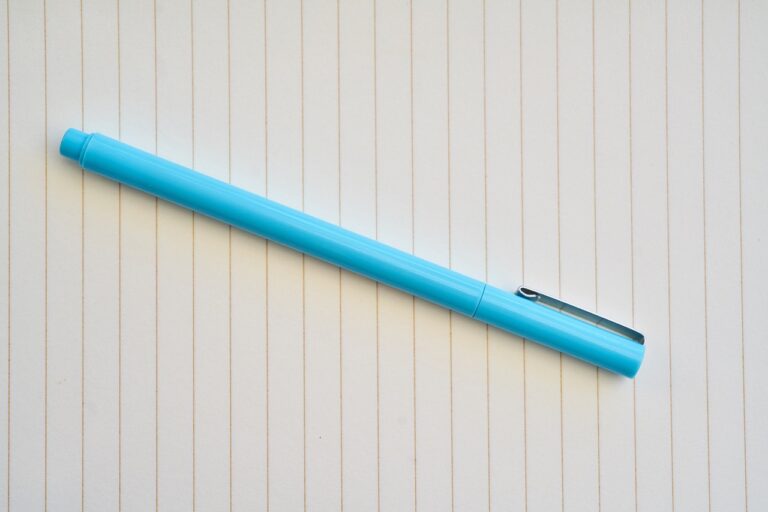Individualized Education Plans (IEPs) for Students with Learning Disabilities
Learning disabilities are diverse conditions that can impact an individual’s ability to acquire, retain, or express information. These challenges can affect various areas of learning, such as reading, writing, math, or even processing information. One common learning disability is dyslexia, which hinders a person’s ability to read fluently and accurately despite normal intelligence levels.
Another prevalent learning disability is dyscalculia, which makes it difficult for individuals to understand and work with numbers. This can manifest in struggles with basic arithmetic, solving math problems, or grasping mathematical concepts. Additionally, attention-deficit/hyperactivity disorder (ADHD) is a neurodevelopmental condition that can impede a person’s ability to concentrate, control impulses, and stay organized, affecting their learning process.
Identifying the Needs of Students with Learning Disabilities
Students with learning disabilities require specialized attention to thrive in an educational setting. It is crucial for educators to identify the distinct needs of these students in order to provide them with appropriate support. Understanding the specific challenges they face is essential for creating a conducive learning environment that enables them to reach their full potential.
One key aspect of identifying the needs of students with learning disabilities is recognizing the barriers they encounter in the learning process. These barriers can manifest in various forms, such as challenges with reading, writing, math, or comprehension. By pinpointing these obstacles, educators can tailor their approach to address the individual needs of each student, fostering a more inclusive and supportive learning experience.
Creating Customized Educational Goals
When devising educational goals for students with learning disabilities, it is crucial to consider their individual strengths, weaknesses, and preferences. Tailoring goals to fit the unique needs of each student can help ensure their academic success and overall well-being. By setting realistic and achievable objectives that take into account the specific challenges they face, educators can provide the necessary support to help students reach their full potential.
Moreover, involving students in the goal-setting process can enhance their motivation and sense of ownership over their learning journey. By encouraging them to express their aspirations and concerns, educators can gain valuable insights into the student’s perspective, which can inform the development of more relevant and effective educational goals. Empowering students to be active participants in setting their goals can foster a sense of agency and self-advocacy, ultimately leading to greater engagement and progress in their academic endeavors.
How can teachers understand different learning disabilities?
Teachers can attend professional development workshops, consult with special education professionals, and research online resources to better understand different learning disabilities.
Why is it important to identify the needs of students with learning disabilities?
Identifying the needs of students with learning disabilities helps teachers tailor their instruction to meet each student’s individual needs, ensuring they receive the support they require to succeed academically.
What are some ways to create customized educational goals for students with learning disabilities?
Some ways to create customized educational goals for students with learning disabilities include conducting assessments to identify strengths and weaknesses, collaborating with parents and special education professionals, and setting realistic and achievable goals for each student.







